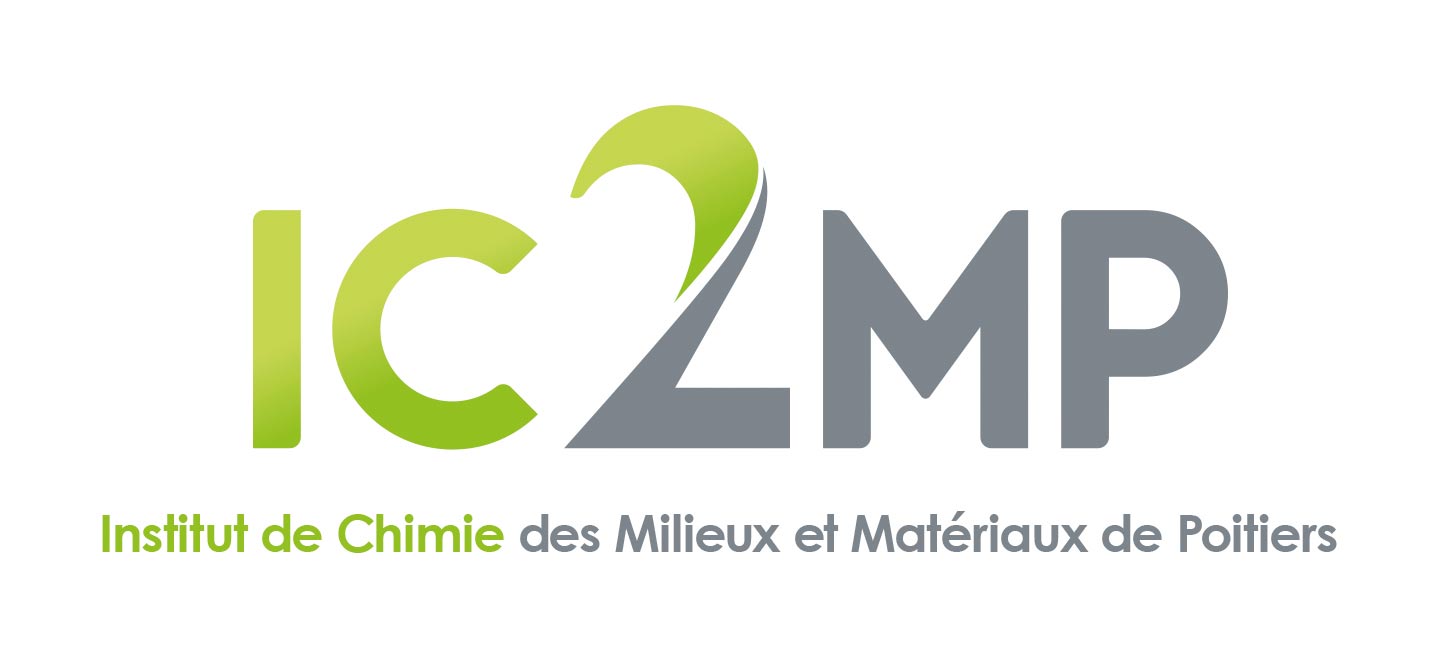Complexation in Aqueous Solution of a Hydrophobic Polyanion (PSSNa) Bearing Different Charge Densities with a Hydrophilic Polycation (PDADMAC)
Résumé
In this work the electrostatic complexation of two strong polyelectrolytes (PEs) was studied, the hydrophilic and positively charged poly (diallyldimethylammonium chloride) (PDADMAC) and the hydrophobic and negatively charged poly (styrene-co-sodium styrene sulfonate) (P(St-co-SSNa)), which was prepared at different sulfonation rates. The latter is known to adopt a pearl necklace conformation in solution for intermediate sulfonation rates, suggesting that a fraction of the P(St-co-SSNa) charges might be trapped in these hydrophobic domains; thus making them unavailable for complexation. The set of complementary techniques (DLS, zetametry, ITC, binding experiment with a cationic and metachromatic dye) used in this work highlighted that this was not the case and that all anionic charges of P(St-co-SSNa) were in fact available for complexation either with the polycationic PDADMAC or the monocationic o-toluidine blue dye. Only minor differences were observed between these techniques, consistently showing a complexation stoichiometry close to 1:1 at the charge equivalence for the different P(St-co-SSNa) compositions. A key result emphasizing that (i) the strength of the electrostatic interaction overcomes the hydrophobic effect responsible for pearl formation, and (ii) the efficiency of complexation does not depend significantly on differences in charge density between PDADMAC and P(St-co-SSNa), highlighting that PE chains can undergo conformational rearrangements favoring the juxtaposition of segments of opposite charge. Finally, these data have shown that the formation of colloidal PECs, such as PDADMAC and P(St-co-SSNa), occurs in two distinct steps with the formation of small primary complex particles (<50 nm) by pairing of opposite charges (exothermic step) followed by their aggregation within finite-size clusters (endothermic step). This observation is in agreement with the previously described mechanism of PEC particle formation from strongly interacting systems containing a hydrophobic PE.
Origine : Fichiers éditeurs autorisés sur une archive ouverte




